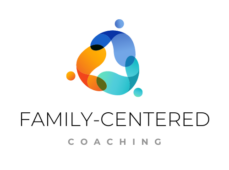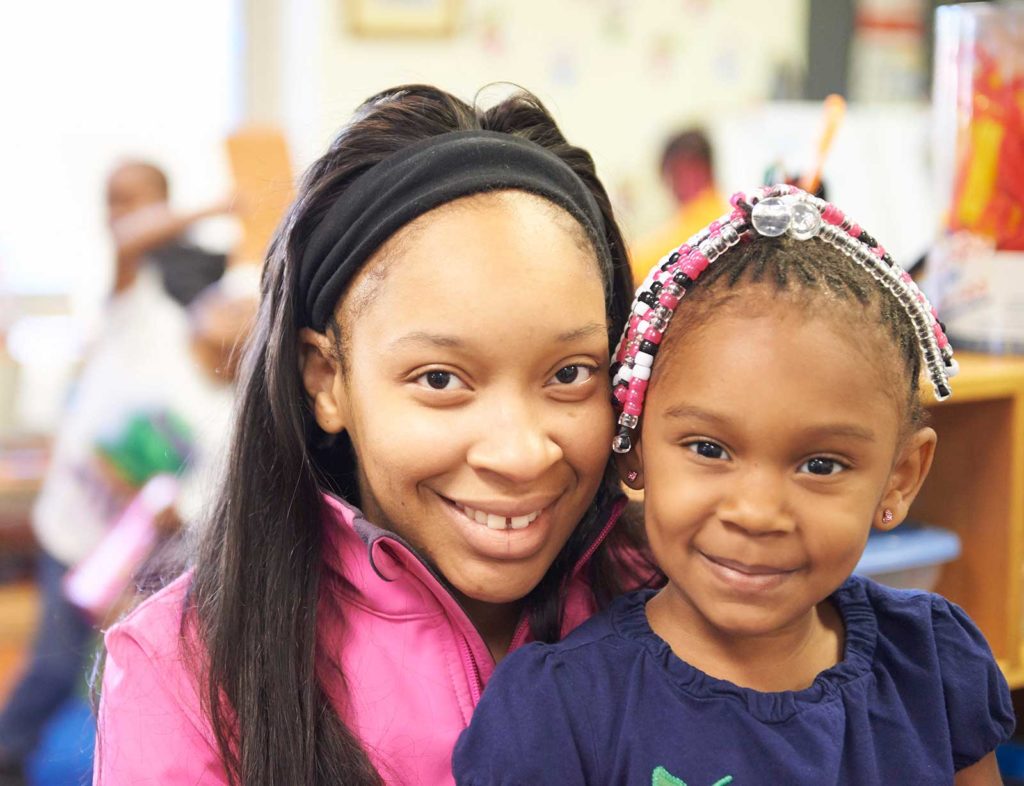The Approach Wheel highlights three major approaches to working with families: case management, readiness assessment, and goal-setting. Coaches and participants may decide to switch approaches during a single coaching session or over the course of the coaching relationship.
These approaches are helpful to respond to multiple areas of a family’s life. In one area of life, a participant may be ready for goal-setting, while in another the participant may request case-management to address and immediate need. Once an issue is resolved with case-management, a coach can ask the participant about their readiness to make a change and set or practice goals. If you notice any doubt or uncertainty, explore what the participant might need using a readiness assessment approach. Until the participant is clear and any concern is resolved, the participant will likely not be able to benefit from a goal-setting approach. In other cases, after the resolution of a crisis through case management, a participant may be ready to move directly to goal-setting.
Very broadly, these three questions can help suggest which approach to use.
- Is the participant in crisis? They may need Case Management.
- Is the participant still exploring a solution and how they feel about making a change? Readiness Assessment may be the right choice.
- Is the participant clear on their goal and ready to move forward on action steps? It may be time for Goal-Setting.
While these are not definitive questions for determining which approach to use, these questions can help discern a participant’s readiness for goal-setting. To dive deeper, use the tool Listening for Participant’s Readiness to Change.
| Case Management | Readiness Assessment | Goal-Setting | |
| What is it? | Addresses a specific issues, service need, or response that can be opened or closed over a period of time. It may take the form of crisis intervention. | A coach and participant engage in a learning conversation to identify what is in the way of the participant moving forward. | A participant-driven session using a strengths-based conversation and action plan. |
| When to use it? | When the participant is experiencing a crisis that needs to be resolved before moving forward on goals. | When participants are expressing a feeling of being stuck or unsure as to readiness to take steps towards their goals. (Precontemplation and early contemplation in the stages of change) | When the participant does not express ambivalence about making a change and is ready to take concrete steps toward their goals. (Preparation, action, or maintenance) in the stages of change) |
| Who takes the lead? | Coach becomes the driver, responsible for meeting timelines and providing services within the constraints of the system. | The coach asks open-ended questions, listens, explores options and remains open, seeking to help participants discover what might be impeding them from considering and acting on their goals. | Participant is the driver. |
| When to transition to another approach? | Once the crisis is resolved, the coach and participant reassess the participant’s stage of change relative to the original goal and participants moves to either readiness assessment or actively working on goals. | Once the parent has identified any obstacles, confirmed their willingness and desire to prepare for a change and has tentatively committed to a plan. | If at any point the participant begins to express ambivalence or has stalled repeatedly, then switch to a readiness assessment, or in a crisis, switch to case management. |
The Prosperity Agenda provides these resources as the designated national administrator of Family-Centered Coaching.

